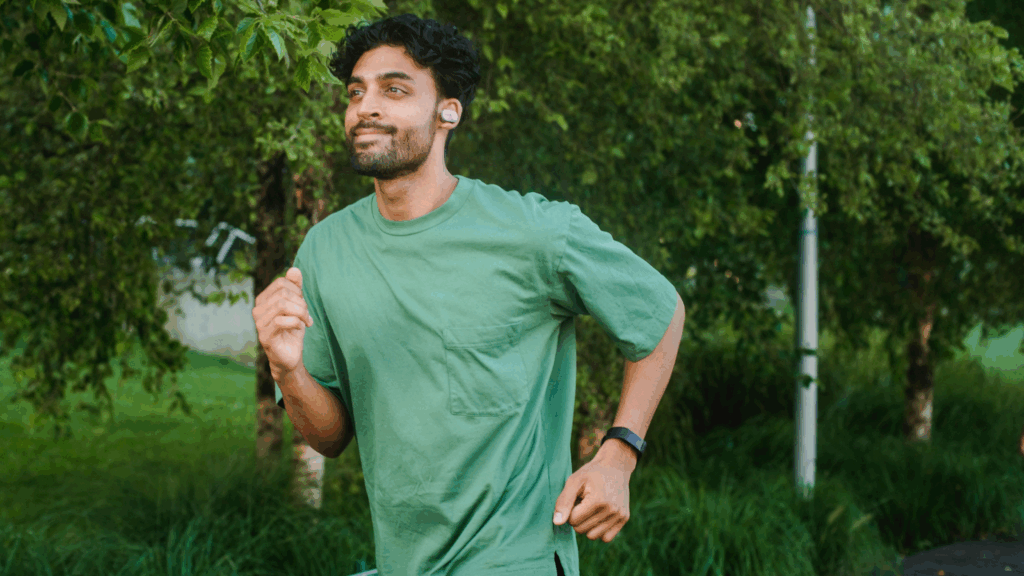
In the evolving world of health and lifestyle, personal wellness is no longer confined to morning yoga or after-work gym sessions. It has transformed into an all-encompassing ethos that influences how we work, shop, dress, and even travel. The convergence of performance, fashion, and sustainability is at the heart of this movement, inspiring consumers to make smarter, more integrated lifestyle choices.
This cultural shift is especially evident in the fitness and athleisure industries, where the lines between activewear, fashion statements, and environmental responsibility continue to blur. In a post-pandemic society that values comfort as much as confidence, brands and individuals are stepping up to meet the demand for mindful, high-performing living.
The Rise of Functional Fashion
Activewear is no longer just for the gym. It’s a staple in modern wardrobes for everything from work-from-home video calls to coffee runs, weekend hikes, and long-haul travel. The growth of this sector is not purely aesthetic—it stems from a deeper consumer desire for clothing that matches the pace and purpose of modern life.
What once was an occasional option has now become a fashion identity. Functional fabrics, moisture-wicking technology, and body-mapped compression pieces are entering mainstream fashion conversations, thanks to their ability to blend performance with style. Think seamless leggings that look like trousers, sneakers that support 10K training but pair with a trench coat, or outerwear that’s built to endure a storm but designed for city chic.
This functionality-first fashion culture mirrors a broader desire for multi-use, smart products. As consumers, we’re no longer interested in items that serve a single purpose—we want longevity, flexibility, and a sense of identity in everything we wear.
Movement Is Medicine: Fitness Beyond the Gym
Parallel to this trend is a growing appreciation for movement as a form of healing and expression. While traditional fitness routines remain popular, they are now complemented by more inclusive, holistic approaches. Walking clubs, dance cardio, resistance training, and online fitness communities are thriving, not just for their physical benefits, but for the mental clarity and emotional release they provide.
The language around wellness has also matured. It’s not about punishing workouts or hitting a number on the scale—it’s about reclaiming one’s body, reducing stress, improving sleep, and building a sustainable relationship with health.
As a result, activewear has had to evolve. Today’s consumer looks for gear that supports not just high-intensity training but yoga, mobility work, pilates, and even rest days. Fabric stretch, breathability, and design aren’t just bonuses—they’re essential tools for movement as therapy.
The Sustainability Imperative
Wellness without sustainability is a contradiction. As more people strive for healthier lifestyles, they also expect the brands they support to reflect those values, especially when it comes to the environment. This has led to a noticeable shift in the production and messaging strategies of athletic and athleisure brands.
Recycled materials, ethical labor practices, and reduced water consumption are no longer niche; they are rapidly becoming standard expectations. Companies that fail to account for their carbon footprint, supply chain transparency, and product lifecycle risk fall behind in both market share and brand reputation.
Green consumerism is particularly important to Gen Z and millennial shoppers, who research before they buy and value authenticity over flashy marketing. Transparency about sustainability is now as valuable as a good product review or a celebrity endorsement.
Consumers looking to make more responsible choices can find both performance and eco-conscious value through smart online platforms. One example is using verified Adidas Promo Codes, which offer access to sustainable activewear collections without breaking the bank. Conscious consumption doesn’t need to be expensive—it just needs to be informed.
Innovation at the Core
The intersection of wellness and technology is also fueling the next wave of performance-focused lifestyle gear. From antimicrobial textiles to moisture-repelling outerwear and wearable tech integrations, the innovations are impressive and deeply relevant.
The modern fitness enthusiast now expects more from their apparel: ventilation zones, smart sensors, muscle support, UV protection, and even odor management. This attention to detail isn’t just about performance—it’s about removing friction from daily routines.
More brands are also incorporating adaptive sizing, gender-neutral designs, and accessibility-conscious features. Comfort, confidence, and customization are becoming essential elements of product design. It’s no longer about fitting into a standard mold—it’s about the gear fitting into the user’s life.
Community, Culture, and Connection
Another driver of this transformation is the rise of community-led wellness. Online fitness challenges, local workout meetups, and social wellness platforms like Strava or Apple Fitness+ have turned health into a collective endeavor.
People are no longer just shopping for leggings—they’re shopping for a lifestyle, an identity, and a community. This creates a feedback loop where brands must align with the cultures and conversations their audiences care about: inclusivity, sustainability, authenticity, and versatility.
Social media further amplifies this culture by giving consumers a voice and a platform. Fitness creators, wellness bloggers, and sustainability advocates are now as influential as elite athletes or fashion editors when it comes to shaping brand perception and consumer behavior.
A Lifestyle, Not a Trend
Ultimately, the fusion of fitness, fashion, and sustainability isn’t just a trend—it’s a philosophy. It reflects a world where individuals take ownership of their wellness, where brands are held accountable for their impact, and where clothing is designed to enhance both performance and purpose.
We’re witnessing a cultural pivot where it’s not just about looking good—it’s about feeling strong, living mindfully, and consuming responsibly.
The future belongs to those who move with intention, who shop with awareness, and who design with empathy. It’s a lifestyle that celebrates resilience, comfort, and collective impact on the body, the mind, and the planet.
